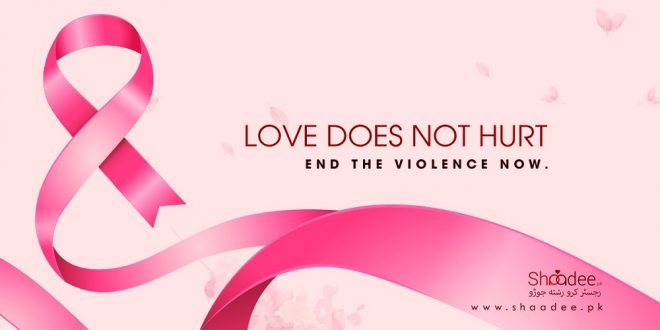Breaking the cycle of violence, especially in cases of domestic violence or abusive relationships, can be incredibly complex and challenging for anyone, regardless of gender. It is important to note that both men and women can be victims of violence, but women have historically been more vulnerable due to societal and gender dynamics. There are several significant reasons why some women find it difficult to break the cycle of violence:
Fear for Personal Safety: Abusive partners often use intimidation, threats, and physical violence to control their victims. Women who are in abusive relationships may fear for their physical safety if they attempt to leave the relationship.
Economic Dependence: Many women are economically dependent on their abusers. They may lack financial resources or job opportunities that would enable them to support themselves and their children independently. The fear of economic hardship can keep them in abusive relationships.
Isolation: Abusers often isolate their victims from friends and family, making it harder for them to seek help or support. This social isolation can create a sense of dependency on the abuser.
Low Self-Esteem: Prolonged abuse can erode a person’s self-esteem and self-worth, making them believe they deserve the mistreatment or that they cannot find a better situation.
Cycle of Abuse: The cycle of abuse typically consists of periods of tension building, the actual abuse, and then a period of remorse and promises of change. Victims may hold onto hope during the remorse phase that the abuse will stop.
Love and Attachment: Despite the abuse, some women may still have strong emotional attachments to their abusers, making it difficult to leave. They may believe in the potential for change or hold onto the love they once felt for the abuser.
Children and Family Considerations: Women with children may worry about the impact of leaving an abusive partner on their kids. They may fear retaliation from the abuser or that the abuser will gain custody of the children.
Lack of Support and Resources: Access to support services, shelters, legal assistance, and counseling can be limited for some women, making it challenging to leave an abusive relationship.
Stigma and Shame: Society’s stigmatization of victims can make women feel ashamed and reluctant to disclose their situation or seek help.
Complex Legal and Bureaucratic Processes: The legal and bureaucratic procedures involved in leaving an abusive relationship, such as restraining orders, divorce, and custody battles, can be daunting and discouraging.
Breaking the cycle of violence is a complex and gradual process. It often requires support from social services, friends, family, and mental health professionals. Empowering victims to regain control of their lives and providing safe avenues for them to escape abusive relationships are crucial steps in addressing this issue. Additionally, changing societal attitudes and increasing awareness about domestic violence can help reduce the barriers that prevent women from breaking the cycle of violence.
 Shaadee.pk Blog Happy Marriage Happy Life
Shaadee.pk Blog Happy Marriage Happy Life



